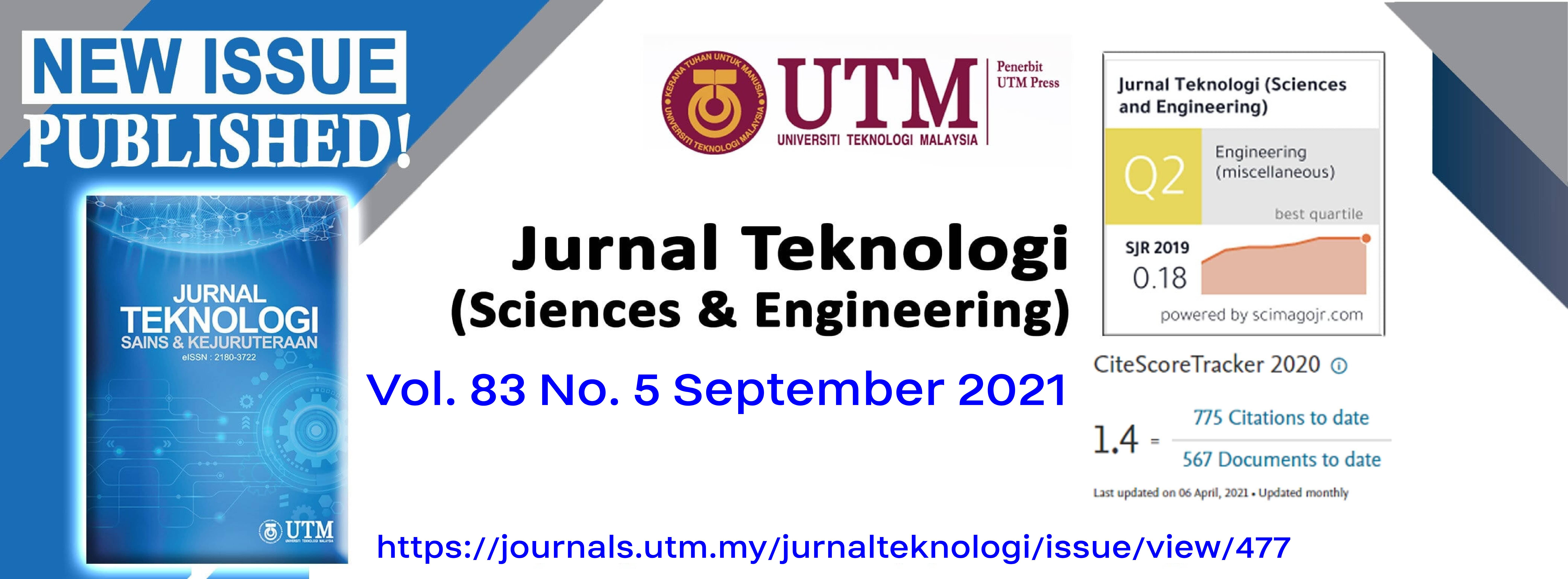PHOTODEGRADATION EFFECT ON OPTICAL PROPERTIES OF MANGOSTEEN PERICARP, BLACK GRAPE PEEL AND VIOLET BOUGAINVILLEA FLOWERS AS PHOTOSENSITIZER FOR SOLAR CELL APPLICATION
DOI:
https://doi.org/10.11113/jurnalteknologi.v83.16729Keywords:
Photodegradation, anthocyanin, chlorophyll, percentage of photodegradationAbstract
Alternative energy sources such as wind, solar, biomass, hydro, and geothermal have become imperative for green energy solutions. A growing demand of hybrid solar cells is yet another promising option toward green energy providing the opportunity to explore natural dye extracts from the plant. The natural dyes were extracted from mangosteen pericarp (MP), black grape peel (BGP), and violet bougainvillea flowers (VBF), respectively. The natural dyes were then undergoing degradation under exposure to the light for six weeks. UV-vis spectroscopy was used to characterize the optical absorption of the natural dyes. UV-vis result showed that MP absorbs three ranges of light, 400-600 nm (chlorophyll a), 530- 550 nm (anthocyanin), and 650-670 nm (chlorophyll a). After 6 weeks, MP gives the best in sustaining itself by having the lowest percentage of photodegradation (50.73 %) compare to BGP (83.88%) and VBF (65.66%). The natural dyes gave the FTIR vibration peaks of OH, C-H, C=O, and C-O-C functional groups. Therefore, this study provides significant contributes towards explaining the potential of MP as the promising photosensitizer in the development of the hybrid solar cell.
Downloads
Published
Issue
Section
License
Copyright of articles that appear in Jurnal Teknologi belongs exclusively to Penerbit Universiti Teknologi Malaysia (Penerbit UTM Press). This copyright covers the rights to reproduce the article, including reprints, electronic reproductions, or any other reproductions of similar nature.
















